Claim rejections cost practices money. Staff time to rework denials is time that could be spent elsewhere. The more denials you have, the slower your payment cycle, and likely you will have complete loss of revenue for some denied claims. Now you can reduce rejections even more with customizable transaction entry alerts that quickly notify your team when something is wrong so it can be fixed immediately by updating the MISSING or INCORRECT information – BEFORE submitting to the clearinghouse. The result: cleaner claims, faster payments, less costly rework, more predictable cash flow.
Rules Examples
- All the fields for the alert rules are AND conditions. So if you have an Insurance listed as part of a rule AND two Procedure codes, your transactions/charges must have BOTH that insurance AND one of the Procedure codes. This is true of all other fields, EXCEPT when both Insurance Cod e and Insurance Class have an entry. In that case, it is an OR condition. That is, only ONE of them needs to be part of the transaction/charge.
- When entering multiple items in any field where the alert is looking for the codes to be present the alert will appear when ANY of the codes are present. For example, you create an alert with the following Procedure codes entered in the upper section of the screen: 99213,99214,99214,99215. An alert will be triggered if your charges have ANY of these codes.
- If you enter the following Diagnosis codes in the top section with the All Missing radio button selected: E10.8, I73.9. An alert will be triggered only if your charges are missing both (all) o these diagnosis codes. If one is present, it will not trigger.
- When you add something in the Other procedure section at the bottom of the screen, an alert will be triggered when your charges meet the criteria in the top section AND this section.
To Create an Alert
- On the Lists menu, select Transaction Entry Alerts. The Transaction Entry Alerts List screen
opens. - Click the New button. The Transaction Entry Alert List (new) screen opens.
- Enter the criteria for your alert.
- Click the Save button. The new alert appears in the List screen.
To Import Alerts
Use the Open screen to import a set of rules from another practice or computer. When the screen
opens, search for a file that has the extension *.TEA
Select the file to import and click Open.
Note: If you import rules from one practice to another practice that does not contain some of the
codes selected in a rule, the rule will import but would not fire when entering charges. You will need to ‘fix’ the rule in the new practice. Example. Practice A exported rules that have a rule for CPT 99213 and Attending provider ABC. Rules are imported to Practice B that does not have provider ABC. If the rule applies to Practice B, change the provider code to one that is in this practice or remove it to apply to all.
New Transaction Entry Alert pop-up
Alerts will compare transactions with the same Document/Superbill number against the rules.
When the conditions for a message are met when you are saving a transaction (either a new
transaction or one that you have added items to, or edited), or posting unprocessed charges, the
message is triggered and appears on the screen when saved. If multiple messages are met, you
will see all of them on the message screen.

The bottom section of the popup will show additional details that might not appear in the top
section.

Rules
All of the criteria for a rule must be met before a pop-up will appear.
If multiple rules are met, all of the messages will appear on the same pop-up in alphabetical order
If you add a line item to an existing transaction, the new line item and other line items with the
same document number will be checked for messages.
For Procedure codes that are assigned for Patient Only Responsible, the alert will not appear if that
procedure code is part of the alert and there is an Insurance Code or Class.
Tip: if you want alerts to appear for patient responsible amounts, leave the Insurance Class and
Code fields empty.
Regarding Diagnosis codes, CPT Modifiers, and Other Procedure:
- If the Diagnosis or Modifier is set for “Any Present” and there are multiple values in the alert, then just one needs to be present
- If the Diagnosis or Modifier is set for “All Missing” and there are multiple values in the alert, then ALL values need to be missing.
If you are not displaying Document Number or Superbill number at the top of Transaction entry, this feature will still work since each transaction is assigned a document number in the database. You may want to add the Document number field to the charges grid to more easily see which
transactions are tied to the same document number.
Updated Unprocessed Charges screen
On the Unprocessed Charges screen, a yellow check mark will appear in the Transaction Status
column to indicate that the CPT code is present in an active alert. It may not meet all the
requirements of the rule and the charge line might match an active alert. The charge line might
NOT trigger an alert but the yellow check mark serves to warn you that an alert might be activated
and you can exclude it from batch posting.

Alerts are NOT triggered when you click the Post button on the Unprocessed Charges list screen. They are triggered only posting from the Edit screen.
When you edit a charge that has a yellow check mark, you will see a notice in the top right
indicating that alerts might be triggered when you save the charge.

When you post charges from the Edit screen, any alerts will be displayed.

